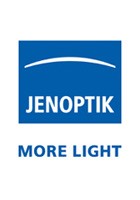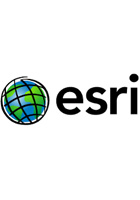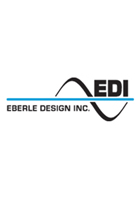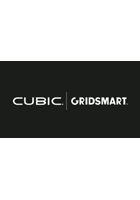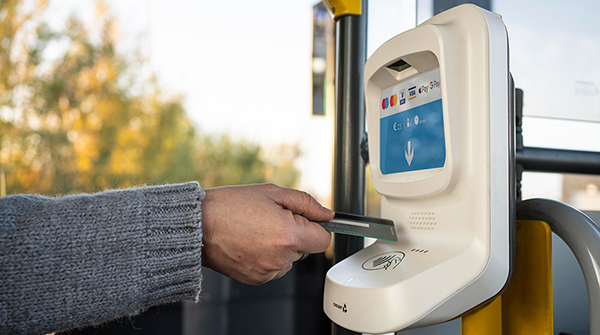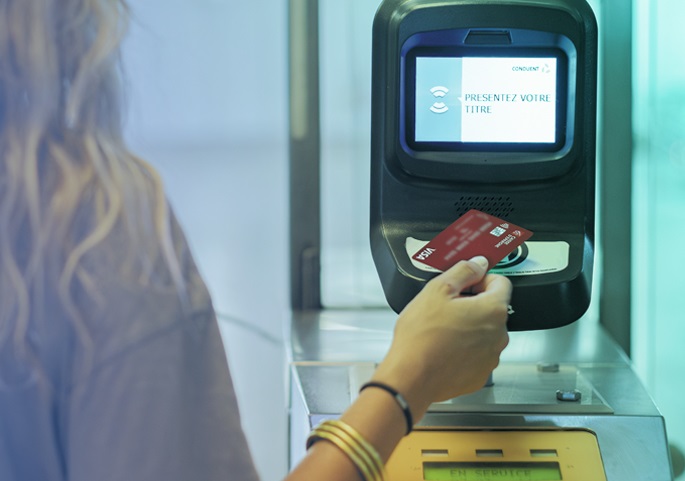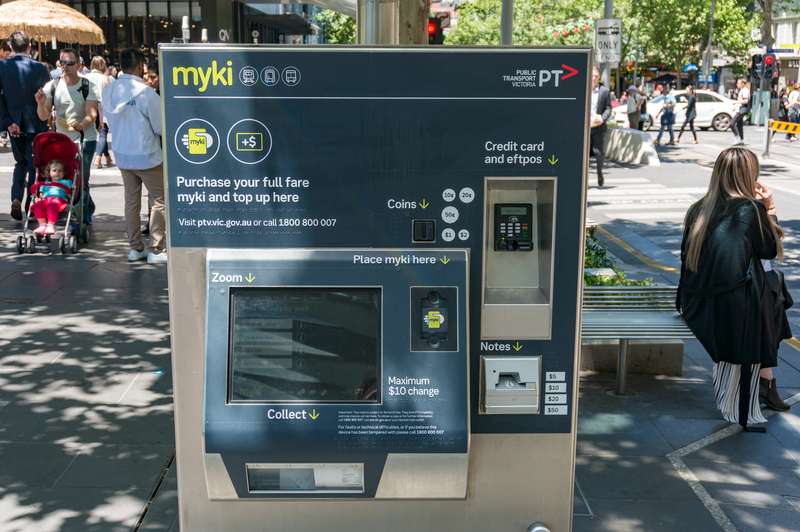
Leveraging Conduent’s Atlas system, which is already used by the Adelaide transit authority, the company has deployed its Atlas Open Media pay-as-you-go module and validators on the vehicles for on-board fare payment. During the pilot, Conduent’s new system will operate alongside the MetroCard validating system on Adelaide trams.
Atlas Open Media modernises a transit network’s fare collection by enabling a variety of transit ticketing payment methods, including EMV contactless cards, digital bank wallets, NFC and QR code. Given recent health concerns associated with Covid-19, contactless fare collection systems have become a beneficial tool that transportation operators can use to help maintain a safe environment for their passengers.
“Enabling contactless payment on trams is the first phase of modernising fare collection across the Adelaide Metro network,” said Anne Alford, executive director, SAPTA. “By leveraging this technology, Adelaide will have easier, faster, safer and more accessible public transport. Implementation of the pilot was seamless with Adelaide Metro able to utilise its existing partnership with Conduent Transportation to employ its expertise and technology.”
This is the latest collaboration between Conduent Transportation and the South Australian Government. For more than 25 years, Conduent has delivered ticketing and fleet management systems, including terminals and on-site support.




